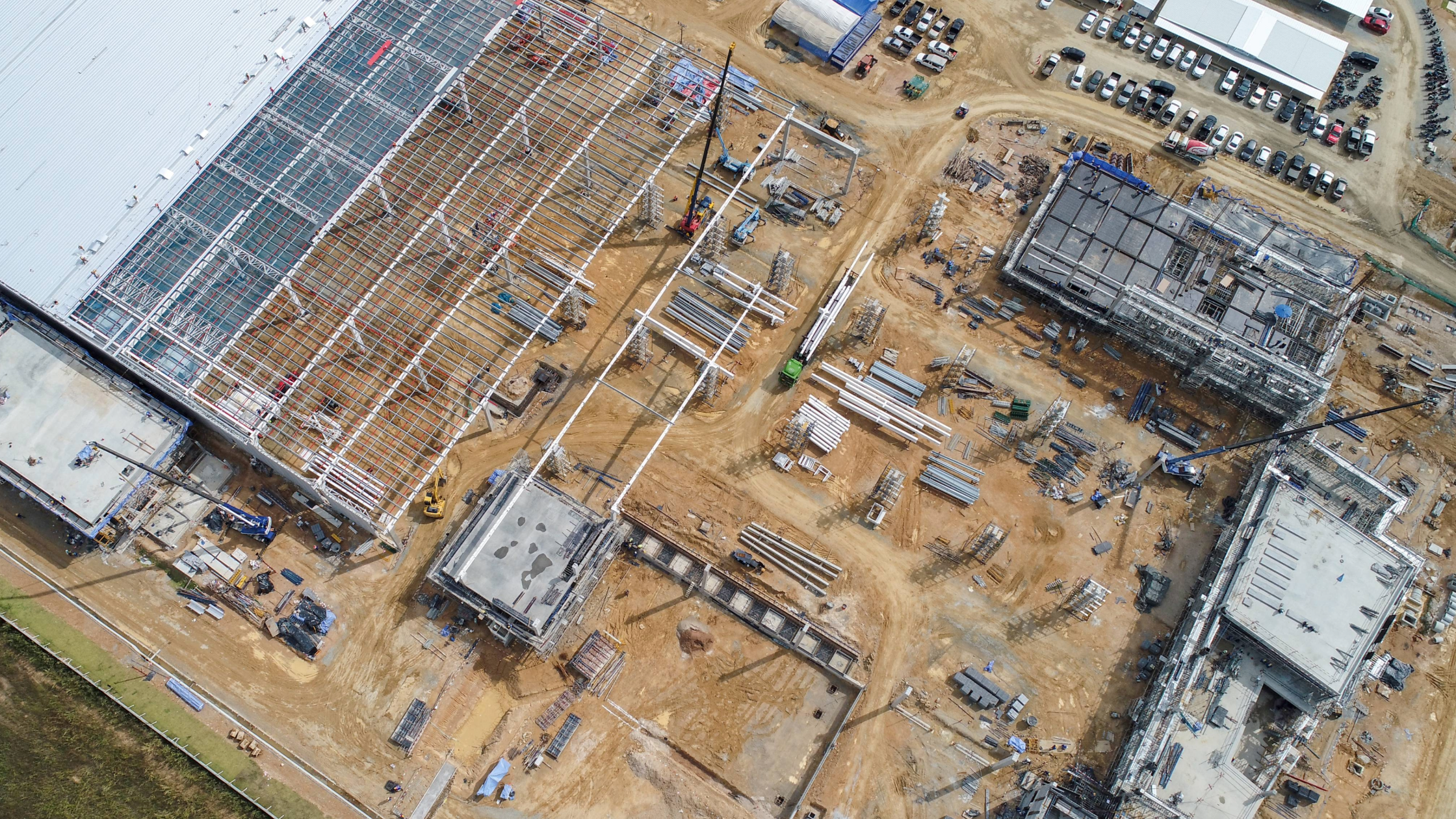Is your company expanding in the new year? Overwhelmed at the thought of where to start? HTI is a proven strategic partner in labor force expansions with a full team of support from advertising to planning to recruiting to onboarding. We've partnered with manufacturers through Greenfield start-ups and expansions since 1999 and gained powerful insights along the way.
Take a look at what one of our very own ramp-up experts and 'survivor', Sarah Henderson, has to say:
#1: Identify your goal
Are you adding more production lines? Another building? Adding shifts? Identify how many people you will need to launch your new business, keeping in mind important additional personnel like supervisors of new teams, new quality roles to support, etc. Don’t forget to check in with HR to make sure your targeted headcount is approved!
#2: Solidify your timeline
Work backwards from the end goal. When are you wanting your new lines to launch? When would you need to have new people in place ready to go? Be mindful of training timelines and how long your new workforce will need to learn their new roles. Weeks? Months? Ramp-ups take time, so be sure to set incremental goals along the way. And as always, add buffer time for unforeseen delays.
#3: Determine who you need
What skill sets do you need – Machine Operators? Assemblers? Quality Inspectors? New managers to lead them? Think about what specialized skills they might need too (especially in more niche areas of manufacturing). Are you adding entirely new positions?
Be sure you have up-to-date, accurate job descriptions for each of these positions so you are ready for the next step – recruiting!
Additionally, think through what sort of workforce you need – do you need the flexibility of temporary workforce? Are you looking for the stability that direct hire can bring? What sort of training will they need?
Remember that if you are expanding, you will have large classes of new hires at a time – do you have the training infrastructure in place to adequately train all your new people and ensure they have a great experience with your company?
#4: Create a hiring plan
Set a strategic labor expansion plan looking at your timeline for when you need to have everyone hired, trained and ready to go, your capacity for new hire orientations, and how long you have to recruit and interview. Set strategic goals along the way – 10 new people every two weeks? 10 every week? What is needed to hit your goals and is realistic for your timeline?
Then, work with your talent management partner, communicating regularly to ensure that you all stay focused and are accountable for meeting the goals. Be sure to factor in turnover data into your headcount goals each week.
Think through all the logistics needed to accommodate a large number of interviews. Do you have enough hiring managers available to ensure a good interview experience for each candidate? Do your interviewers need training on how to conduct a good interview and what questions to ask to make sure they are properly assessing a candidate’s skills?
A strategic partner can help you think through best interview format as well to ensure hiring manager’s time is maximized and ensure that candidates have a great experience interviewing – whether they receive an offer or not.
#5: Spread the word
What's your plan for finding the people you've determined you need? Finding an experienced partner is a critical component for a successful ramp-up - someone who specializes in your industry enables them to quickly source candidates who are qualified in that area.
The right partner can also provide vendor management and ensure that the required parties are involved to provide targeted/skilled recruiting for highly specialized positions as needed. Are you reaching the right candidates? Leverage a comprehensive marketing plan and capable team to ensure that job postings reach the right market through a multi-channel approach.
Determine if a hiring event might be needed. Hiring events are a valuable way to increase name recognition for your company, highlight the exciting growth you are experiencing, and increase applicant flow. They are also helpful in quickly getting candidates through the interview process as well.
#6: Engage your new employees!
This is just the beginning of your relationship with all your new employees! In a manufacturing startup, where efficiency and teamwork are critical, keeping employees engaged from day one can make all the difference. Make sure you have a positive onboarding experience, training program, and regular check-ins lined up to engage your new talent! Investing in clear communication, mentorship, and growth opportunities will help build a strong, motivated workforce that drives your company’s success.
Launching a manufacturing startup is no small feat, but with the right strategy, you can build a strong foundation for success. By clearly identifying your goal, solidifying your timeline, and determining who you need on your team, you set the stage for a smooth operation. A well-structured hiring plan ensures you bring in the right talent, and engaging your new employees keeps them motivated and invested in your vision. Stay flexible, adapt as needed, and prioritize your people—because in manufacturing, a strong team is just as important as the product you create.



Comments